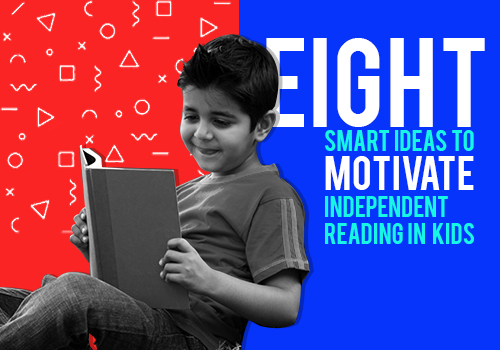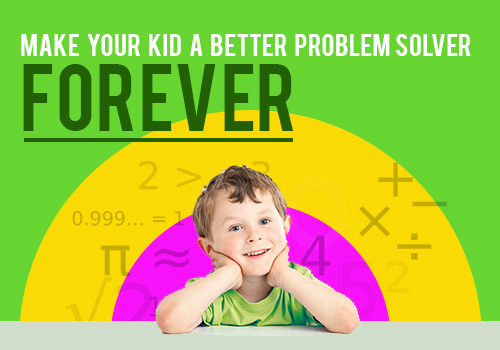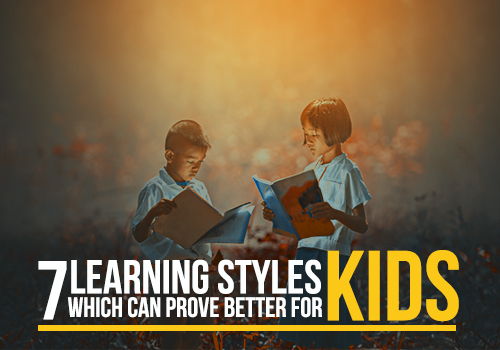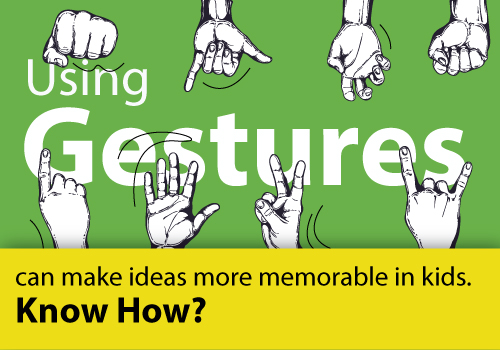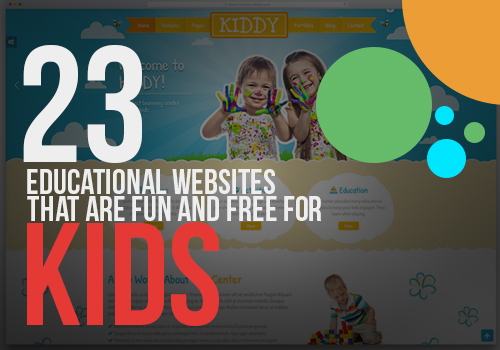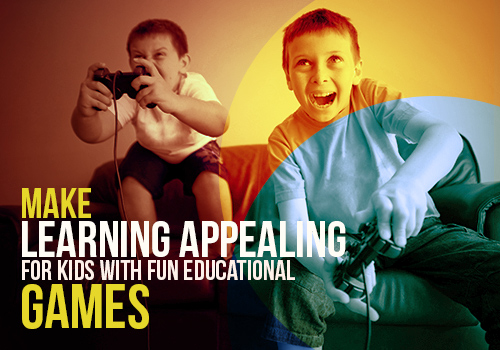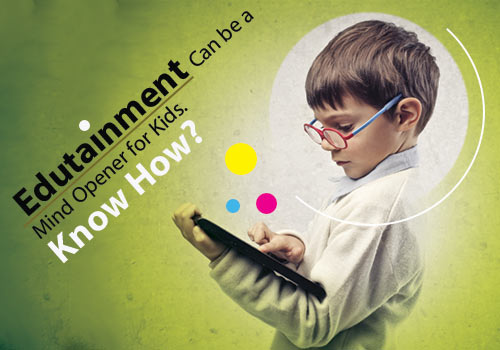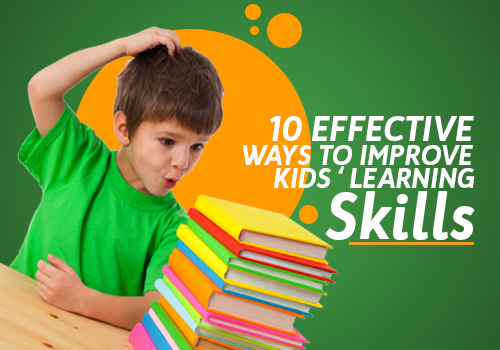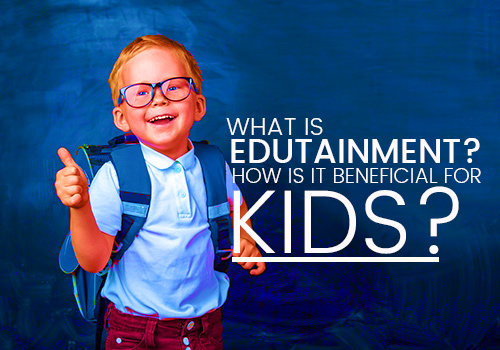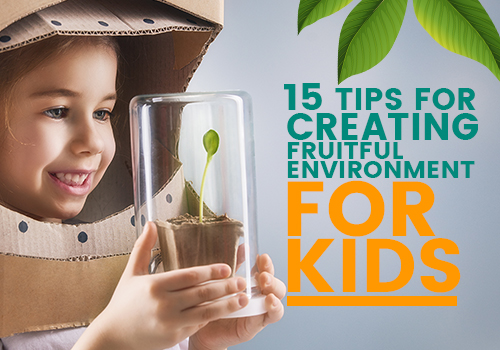Sparking the reading process in kids so that they fall in love with books all by themselves is no longer a tough task. Parents and guardians now have help that comes in the form of smart reading tips. It is through these intelligent and time-tested guidelines that you can help your kids identify and understand a series of printed words, in a smooth manner. To achieve this objective, you need to concentrate on four important elements of reading including fluency, engagement, and comprehension along with word recognition. Guardians who are keen on keeping this spark of reading alive in the formative years of their children can bank upon the following smart ideas to motivate independent reading in your kids:
- Variety is the Spice of Life
Head to a bookstore and you will be thrilled to see shelves arranged with books of various genres. Starting from picture books, you can check out cookbooks, graphic novels and biographies as reading options for your kids. If you are the parent of an inquisitive kid, you can pick up some of the popular “how-to” books which will encourage a strong sense of reading. Interested in jokes? Your kid can make reading as his favorite pastime by reading from a joke book that will keep him in good spirits.
Through these multiple reading options, you can support your kids to become expert readers when they begin to dig deep into the subject they love the most. A host of self-improvement books are up on shelves that will not only motivate your kids towards reading but will also bring about a dramatic change in their lifestyle.
- Lead By Example
Parents and guardians play an important role in assisting kids to read on their own. You can pick up a story book and read the first chapter aloud to your kid and then stop reading. This will awaken the curiosity in your kid who will be prompted to pick up the storybook and read it by himself to know what happens next with the plot of the story. The inquisitiveness to know the end of the story will drive your kid to read the entire story; without prompting.
It is the tendency of every kid to mimic the actions of elders. When you exhibit your innate love for books, your kids will see it as an encouragement to experience the joy you derive out of reading. Parents who keep books accessible to kids will be doing a favor to their children to hone their reading skills. The moment you see your kid inclined towards reading, you should be able to suggest a befitting book for him. This way, your reading habits will encourage your kids to become a part of the edutainment world of printed materials.
- Technology Steps In To Encourage Reading
Schools can establish what are called as Virtual Book Clubs through which kids will be connected to various authors across the globe via Skype. Teachers can arrange for Skype call which can last for a few minutes. Through such technologically-driven interactions, kids will be able to experience the real joy of reading.
When kids begin to interact with other kids from different geographies, they will be able to establish their opinions about the happenings around them. Following a Tumblr post allows kids to add comments to a blog they just read. A conversation can be initiated between different followers of the blog posts through this innovative platform. This can be a smart move to virtually recognize the reading interests and opinions of other kids. With an intention to express their views about a particular post, kids will be encouraged to read and share their findings with others subscribing to the platform.
- Family Reading Treats
Parents should work hard to introduce quality literature according to the age and interests of kids. Families which are accustomed to listening via audiobooks can work in favor of reluctant readers. It is also important to set aside a soft spot at home for reading that can become your kid’s favorite place. It is through this special reading space that kids will be encouraged to pick a book of their choice and settle down to read all by themselves.
Another interesting means to encourage a reluctant reader to set aside time for independent reading is by providing easy-to-read picture books. Encouraging him/her to read a story from the picture book to a younger sibling will work wonders not only for family bonding but also to make reading a pleasurable experience.
- A Pat On the Back Goes A Long Way
A job done well calls for appreciation. You can set up friendly reading competitions with an announcement of a reward. This way, you will set the stage for kids to start reading. As part of the competition, teachers can set aside a pre-determined number of books that each kid should read. And once a kid reaches the set target, he/she can be rewarded with incentives.
Book Trivia Battles are innovative literary quiz competitions meant for kids that can be conducted at your nearest public library. And to win such quizzes, it calls for an extensive reading of different books. Social media platforms like Instagram also come as one of the reading tools to kids. A reading campaign titled “What are you reading?” has a lot of success stories to tell with regard to encourage kids to read on their own.
- Speak About Your Book
Parent volunteers can team up to initiate a book-a-program, a ritual to motivate kids to borrow a new book every evening. Along with a book tracking system in place to check how many books were returned the next morning, teachers can prompt kids to speak about the book they picked last evening.
Every kid will have a different story to narrate. Such exciting conversations between kids will help them exchange their reading experiences. While expressing what they liked about the book, kids will get habituated to spend time with the printed material.
- The Mixed Bag
It is all about making reading a joyous experience for life. It is only when books become the best friends of your kids that they will spare themselves from the boredom that sets into their routine. Different books offer different perspectives to kids and it is for the guardians to introduce the habit of reading by attaching importance to their choice along with certain formats that blend online and offline reading.
Team these with analog and face-to-face interactions between peers so that kids will find excitement in expressing their thoughts about the book they just read. A subjective judgment about what types of books suit the age and intellect of your kid helps you make reading a life-long pleasure to kids.
Wrapping It Up
Every kid is special in more ways than you can imagine. With different levels of IQ, every kid has his/her interests in books. This uniqueness rests a huge responsibility on the shoulders of parents to come up with reading materials that will attract them. You should help them pick books that are in line with their interests so that they can make the most of their reading time. All the above tips can be of utmost help to put your kid on the right track, looking at books as their best friends for life.
